The workplace is rapidly changing due to the COVID-19 pandemic, and as a result, facilities management (FM) teams are also evolving with a host of new responsibilities. ![]()
With many offices still negotiating the movement between working from home (WFH) and working from the office (WFO), it’s no surprise that companies are taking a much closer look at how to make that transition seamless for their employees.
Highlighting just how important this is, one building management company is planning to hire a COVID Protection Officer (CPO). The CPO will be responsible for ensuring “the safety of the workplace” as well as hygiene management, which includes social distancing and staff temperature checks.
In light of these changes to the facilities management industry, we’re looking at ways in which FM roles will evolve in order to address new requirements brought about by COVID-19.
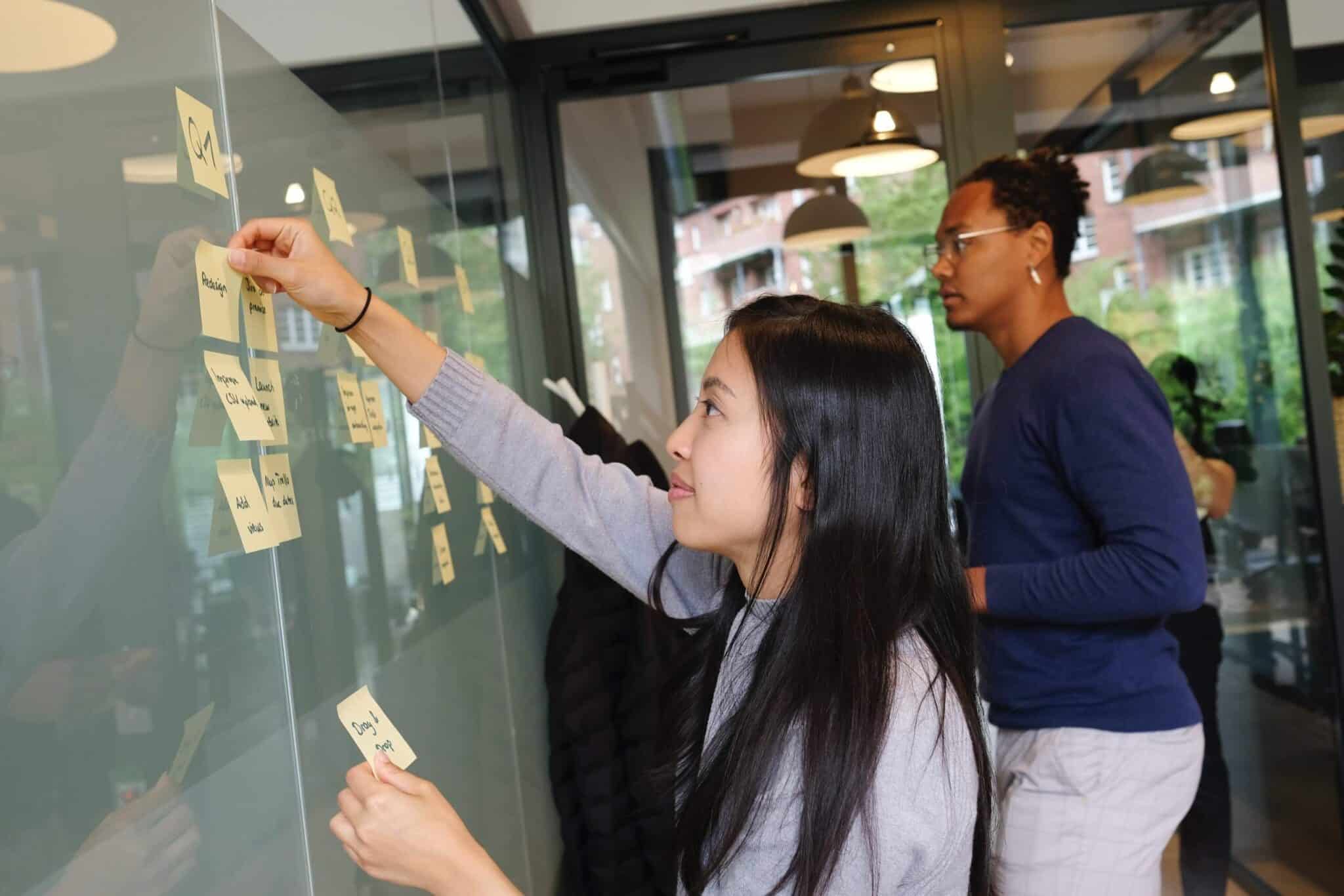
Creating a dynamic workplace
It’s no secret that workplaces are and will continue to change dramatically as the pandemic plays out. FM leaders will be critical in the move towards creating agile offices that can be adapted to suit a hybrid workforce.
Alternative office scenarios include activity-based working models, which focus on collaborative spaces, and giving employees face-to-face contact with colleagues, which they can’t get remotely. This approach will naturally reduce the need for banks of desks (and therefore floorspace) as colleagues move around freely. This set-up can also slash overhead costs, as fewer employees may be in the office at one time.
Businesses looking for a truly hybrid workplace are more likely to embrace the dynamic workplace, which fulfills the need to be both agile and adaptable. Crucial to the success of these post-COVID offices will be the implementation of new technology and software. Innovative planning software that includes Space Management can help FM departments allocate, plot, and see how a space can be best used. Combined with tools like Distancing Planner, FM teams can quickly and effectively manage available floor space while also allowing for social distancing measures.
Facilities teams can also keep plans and teams updated with an interactive Visual Directory, which has a number of uses. On a day-to-day level, teams and individuals can see at a glance where coworkers are sitting and locate resources such as printers, medical equipment, and meeting rooms. Employees can book desk space ahead of their arrival using software that updates in real time, which eliminates space being overused. Additionally, data can be gathered to help implement tracking and tracing initiatives
From a medium to long-term perspective, these tools also make it far easier to visualize how pockets of space can be adapted. This agility will be fundamental in maintaining business as usual while prioritizing employee safety and providing peace of mind. Managers will be able to block and allocate space to specific teams if shift working becomes part of a company’s staggered reopening plan. In turn, this can help streamline cleaning timetables by highlighting which areas should be prioritized.
FM teams adopting this toolkit of powerful software will be able to simplify what would otherwise be a time consuming and painstaking chore. More importantly, this can help with the integration into existing programs and systems to ensure seamless transition for workers moving between home and office. As a result, these tools, which might have seemed a luxury just twelve months ago, are more than likely to become necessities.
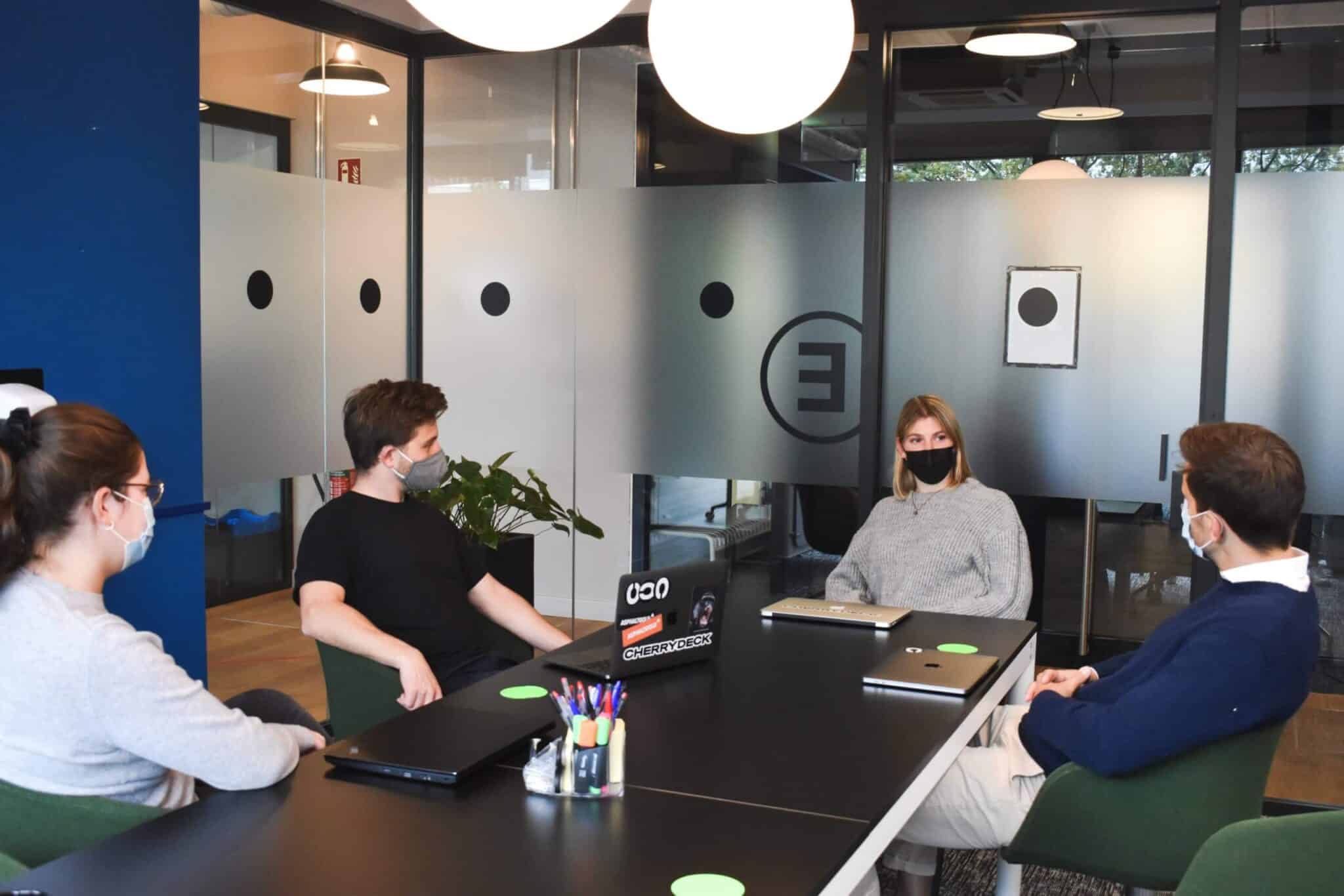
Leading a one team approach
Creating a brand new job like CPO might be the answer for some firms, but for others, the solution lies in using the resources already on board. Previously, we’ve looked at the benefits of officially merging IT, HR, and FM teams. In a post-COVID workplace, companies may not want to do this officially; however, it is still important for these departments to come together as a “team” to satisfy the same efforts as a “CPO”.
It also makes sense for FM leaders to play a central role in orchestrating this change. While IT and HR play a critical part in specific elements related to employee experience, it’s FM teams that are responsible for the overall landscape. Crucially, it’s this overarching view of the needs of staff that will catapult facilities management teams into leading these changes.
Not only will facilities management be responsible for ensuring staff have the tools to do their jobs; they’ll increasingly need to ensure that employees have the skills to work remotely. Results from the Global Work from Home Survey featured in previous blogs provide valuable insight into where skills and technology gaps potentially lie. Overall, employees found their remote work experiences positive, but there is still a good margin for improvement:
- 86% felt they had the technology skills they needed to work effectively
- 83% felt they were fully proficient in teleconference tools
- 80% felt they had the technology they needed to work effectively
Digging deeper, figures in the survey revealed that managers saw a potential negative impact in four areas when employees worked from home, all which follow a theme of engagement and communication—something that could be addressed by implementing one cohesive and united FM team:
- Employee engagement (43%)
- Teamwork and cohesion (41%)
- Team creativity and innovation (38%)
- Communication with team members (32%)
Significantly, these are all areas that overlap in scope and are best addressed by the skills from FM, IT, and HR. Pulling together the skills of IT and HR colleagues, facilities managers can connect the dots and channel that expertise to ensure training and technology is deployed effectively and consistently.
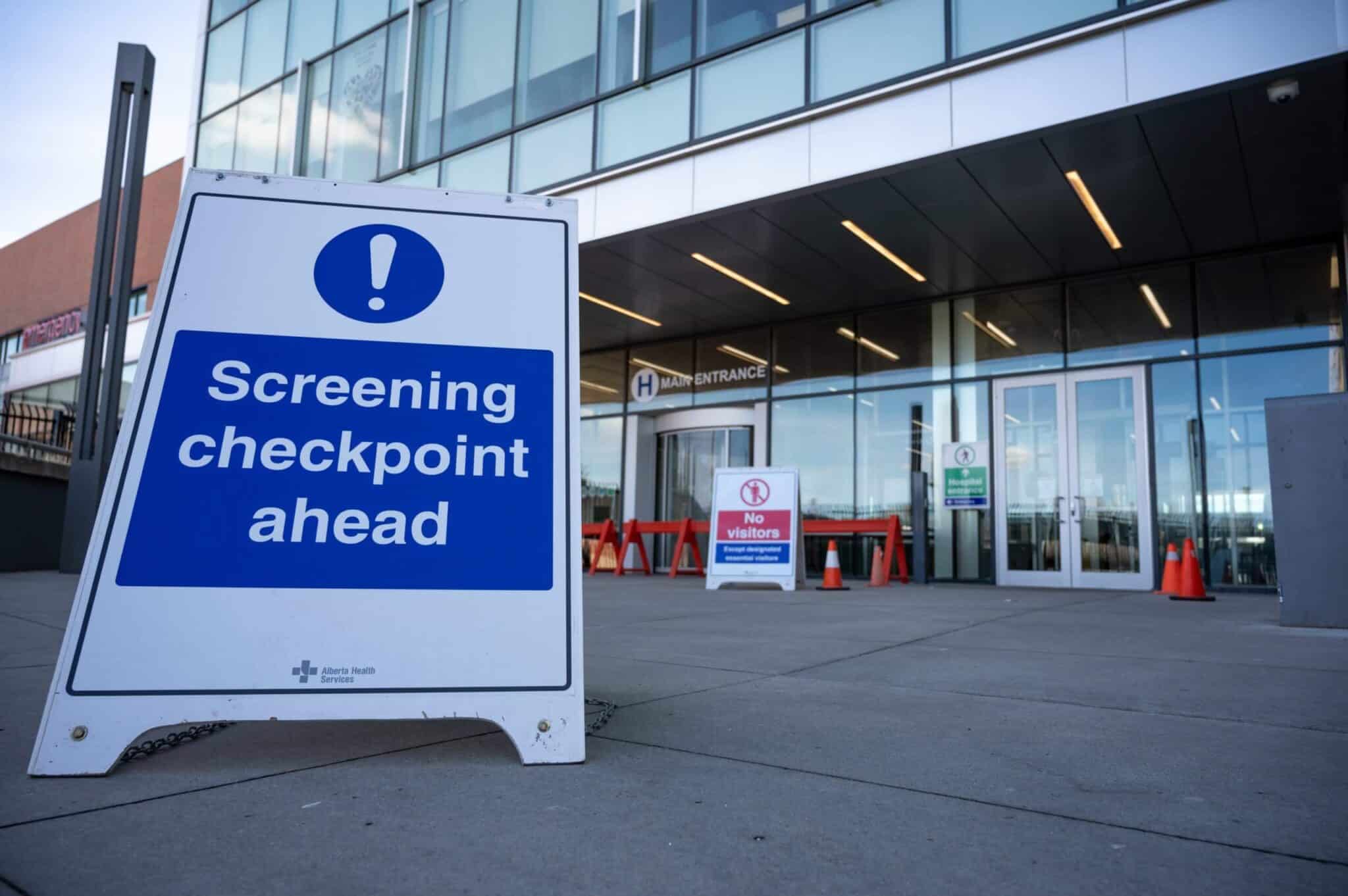
Protecting health and maximizing employee experiences
Coping with COVID-19 will see FM departments take more ownership over employee health and welfare, and ensure those employee experiences are positive. Safely bridging the gap between home and office using a combination of reopening strategies and digital tools might well take care of employees’ physical health, but that doesn’t automatically translate into emotional well-being. As a result, Facilities will need to support team leaders by providing technology that will bring physically disconnected teams together in a meaningful way across a digital platform.
The good news is that implementing transparent and accessible communication can be easy with the wide range of apps and software available today. From Slack to Dropbox and Google Hangouts, using technology to ensure corporate communication runs smoothly has never been easier.
Using technology to provide clear communication doesn’t just cut out misinformation, confusion, and anxiety—it can also help encourage collaboration and creativity. These are all aspects of work life that managers highlighted in the Global Work from Home Survey as being potentially negatively affected while teams worked remotely. Training and encouraging employees to use these platforms won’t just give them the skills to effectively work from home—it should also help colleagues separated by miles or even international borders to communicate and give them a much needed morale boost.
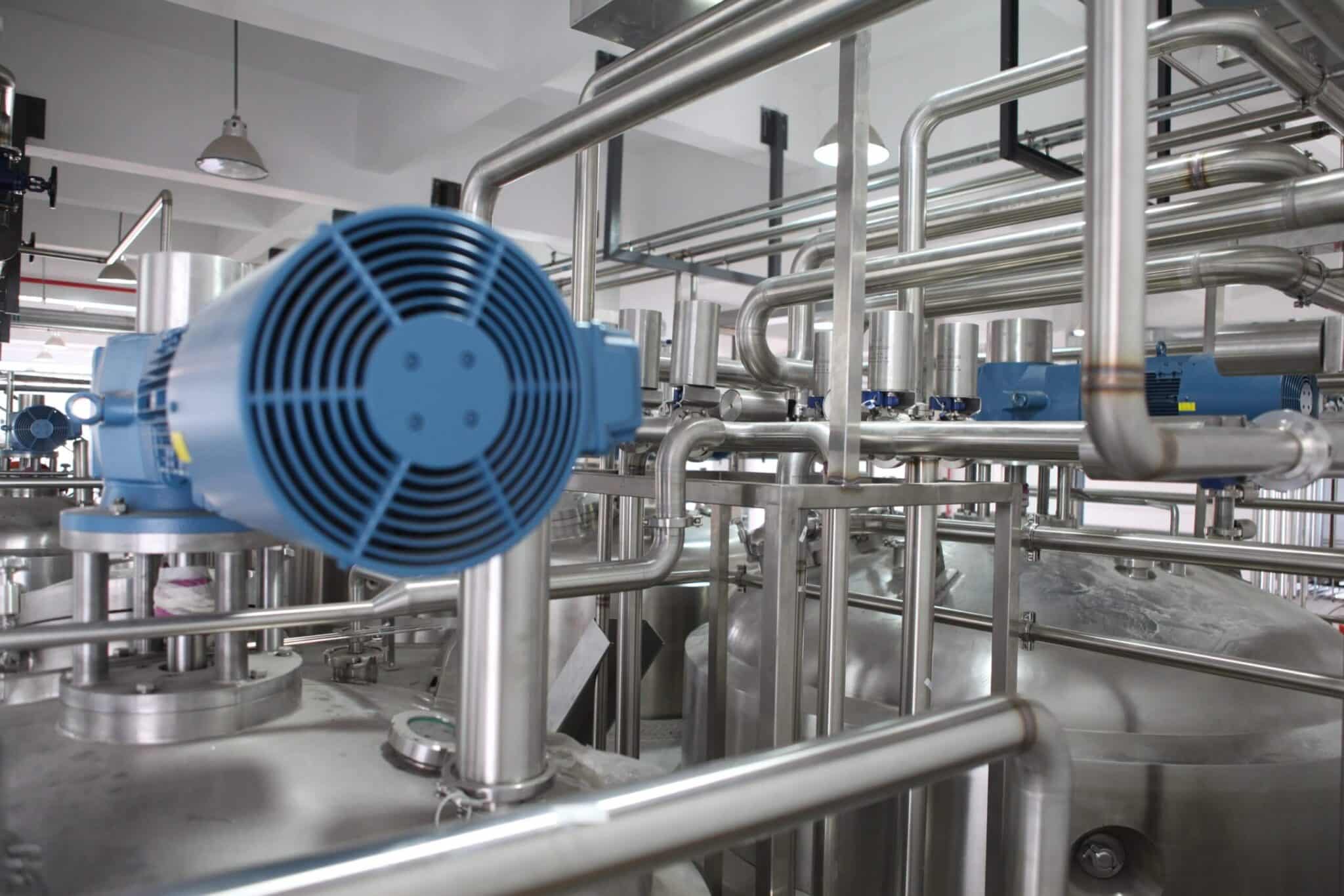
Managing sustainability
The need for dynamic and adaptable workspaces will also mean sustainability takes on a new meaning for FM teams. The term “sustainable” won’t just apply to reducing carbon emissions and increasing efficiency; it will also include the viability of business practices and the ability to stay agile and adaptable.
There will, of course, be the need to maintain healthy, safe buildings. While FM teams are used to this, the role of HVAC systems in particular, has come to the forefront. Experts have highlighted the importance of maintaining systems at their best to safeguard against a host of potential health hazards, including dust, pests, and the overall quality of air. It’s also an excellent opportunity to review how sensors and smart technology can help effectively manage building maintenance—increasing efficiency and potentially leading to cost savings.
In fact, introducing software to automate processes and provide alerts about maintenance issues also plays an essential part in the other aspect of sustainability—agility. Businesses that thrive will be the ones that can be proactive, adapting quickly to changing health guidance, local restrictions, or employee needs.
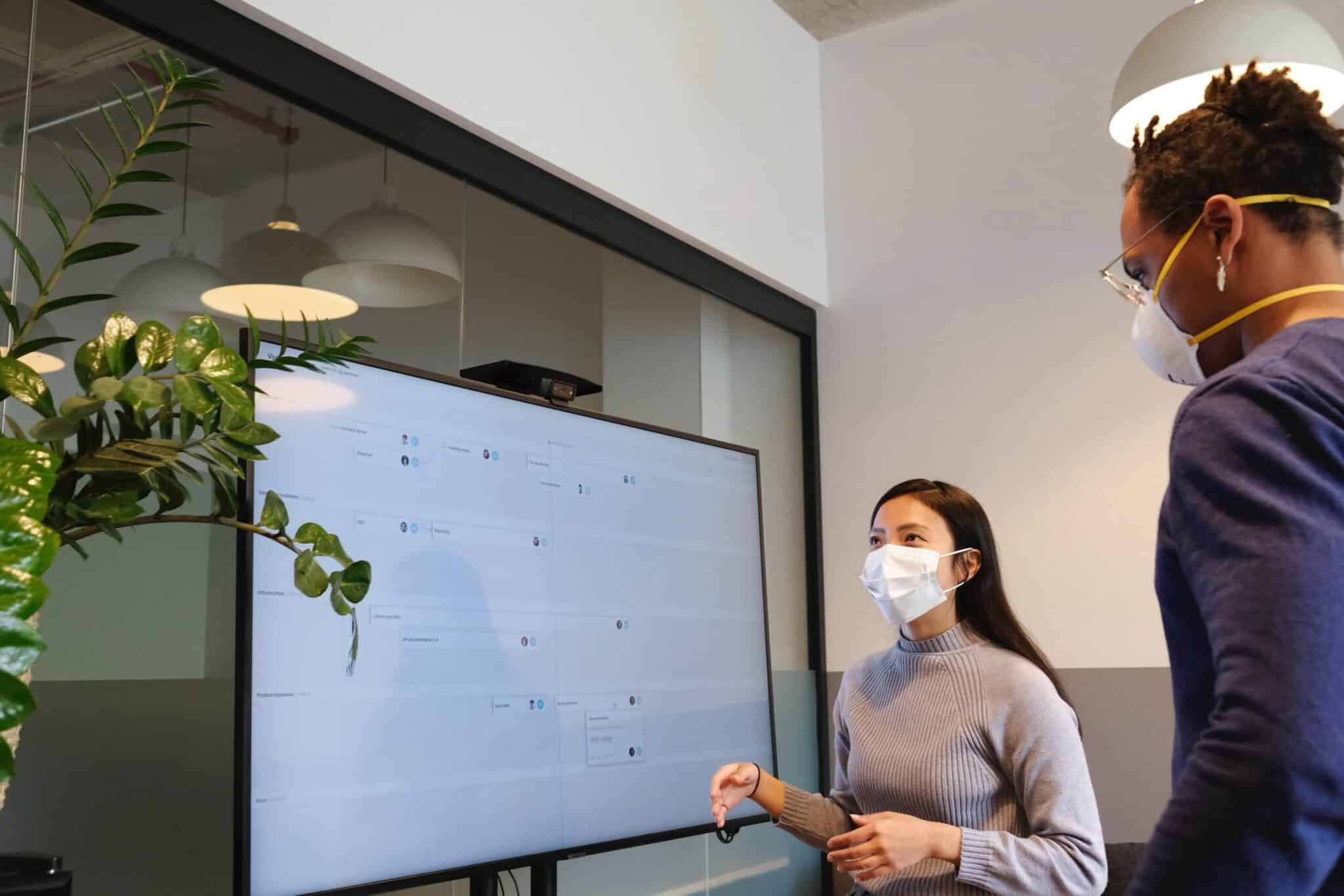
Embracing changing landscapes
Fundamentally, firms will need to take a more involved approach to business-as-usual practices. One aspect is that FM leaders will become the gatekeepers of the dynamic workplace. Using insight to pull together the different strands (IT, HR, FM), it’s ultimately the FM department that will guide business leaders, helping them navigate a constantly changing landscape.
FM leaders will need the right tools in order to successfully lead the way. To that end, it’s becoming increasingly clear that investment in technology and software is the future for agile, sustainable businesses.
Helping your business stay ahead
OfficeSpace solutions are helping businesses across the country realize their future potential right now. Together, we can identify tools to help you deal with today’s challenges while improving the resilience of your business.
To find out more, or for a demonstration, get in touch with one of our expert advisors.
Photos: Andrea Piacquadio, airfocus, Cherrydeck, Graham Ruttan, Crystal Kwok, airfocus




